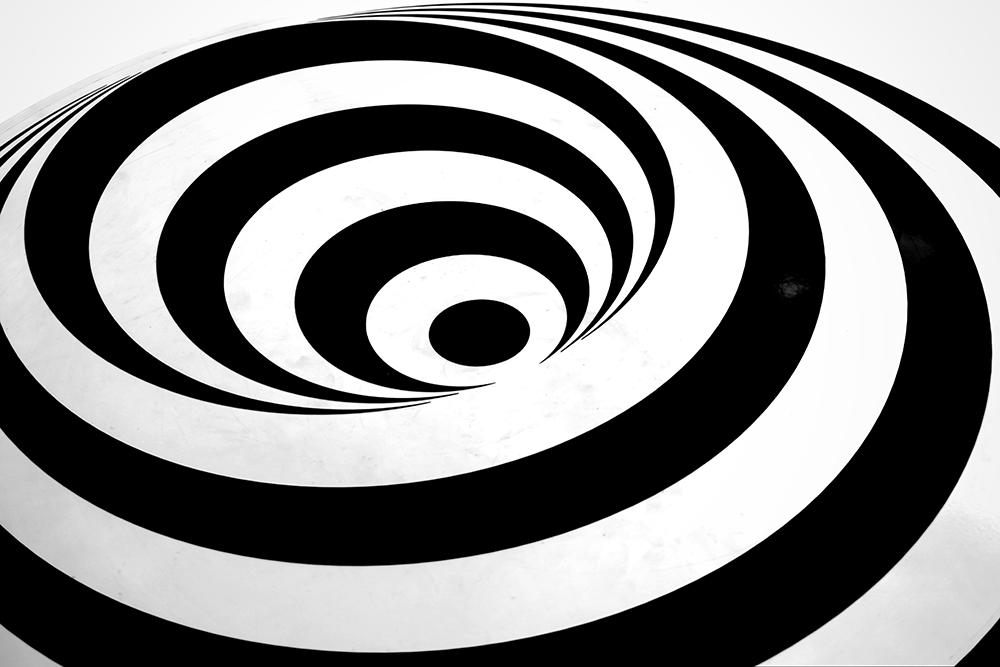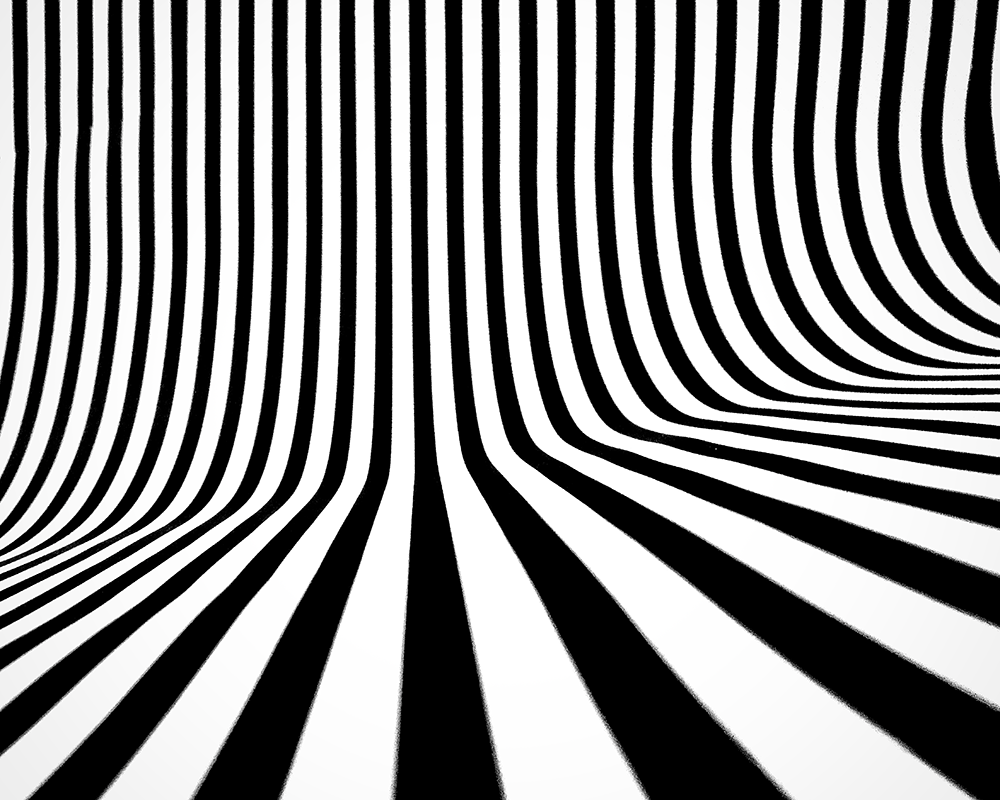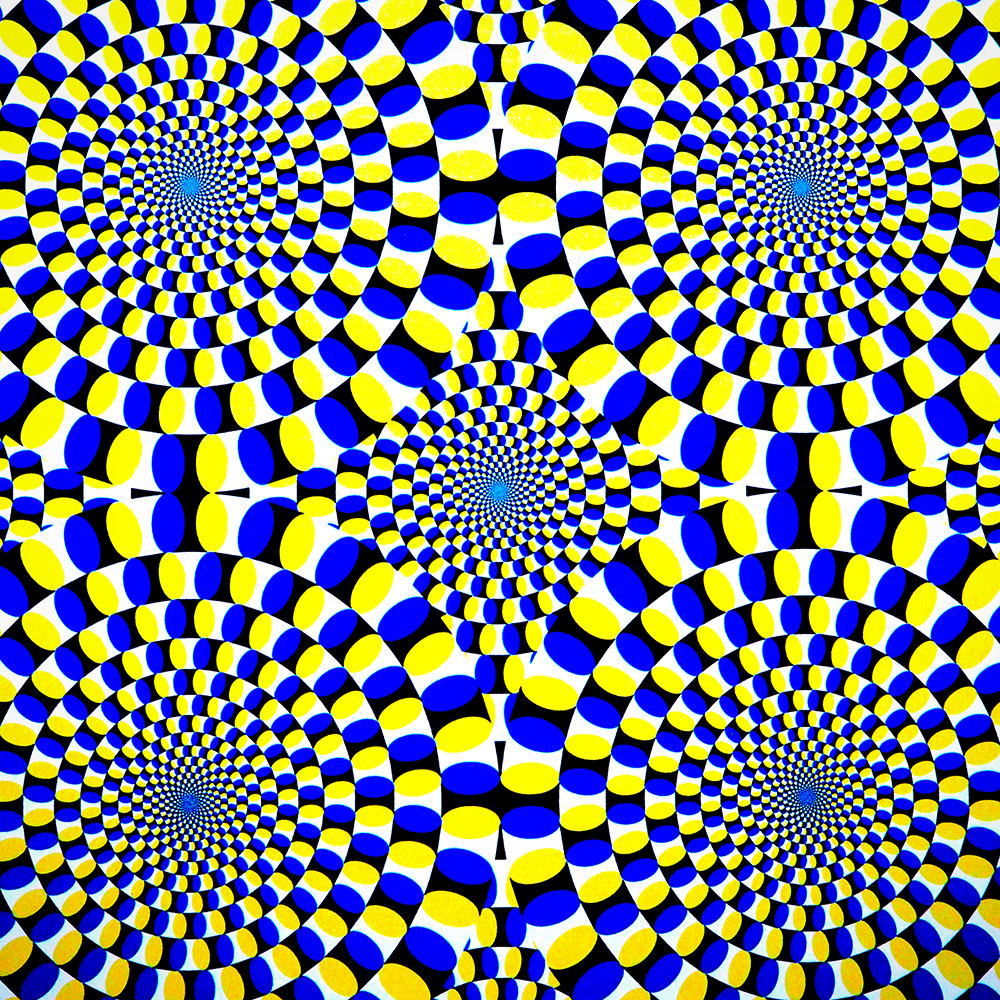Op art is a genre of art that uses optical illusions to create interesting visual effects and the impression of movement, tricking the eye into seeing patterns where none exist.
This art form is called "optical art" formally.
Op artworks are usually abstract and created with simple geometric shapes and patterns.
They are often black and white, but they can also be colorful.
In this article we'll discuss how op art works, its history, and how to create your own.
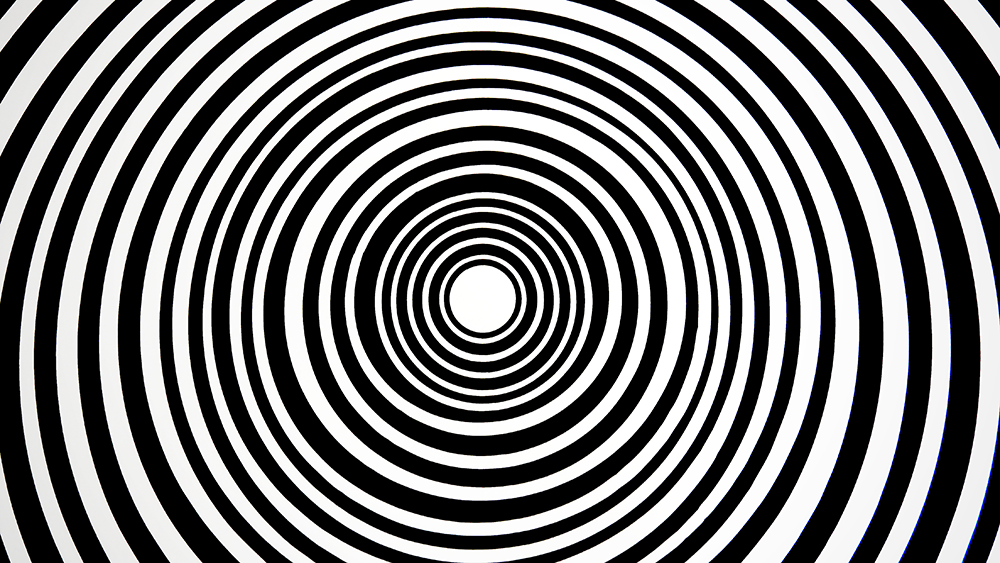
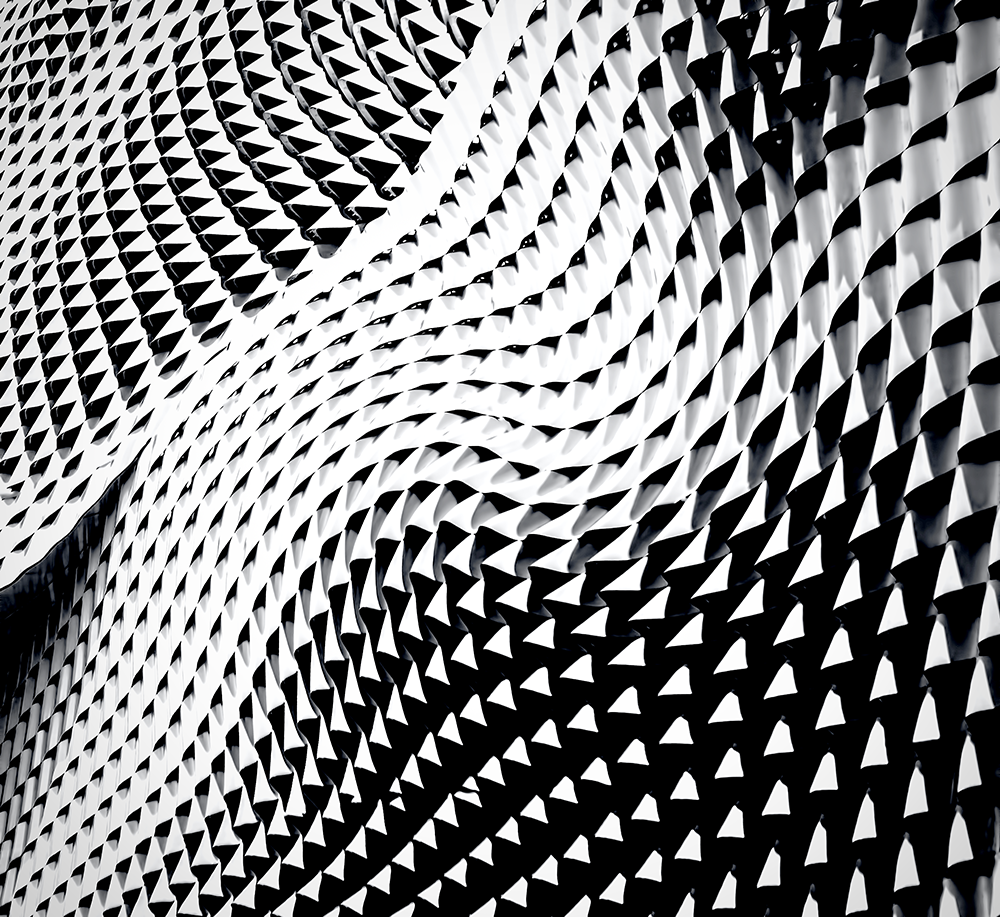
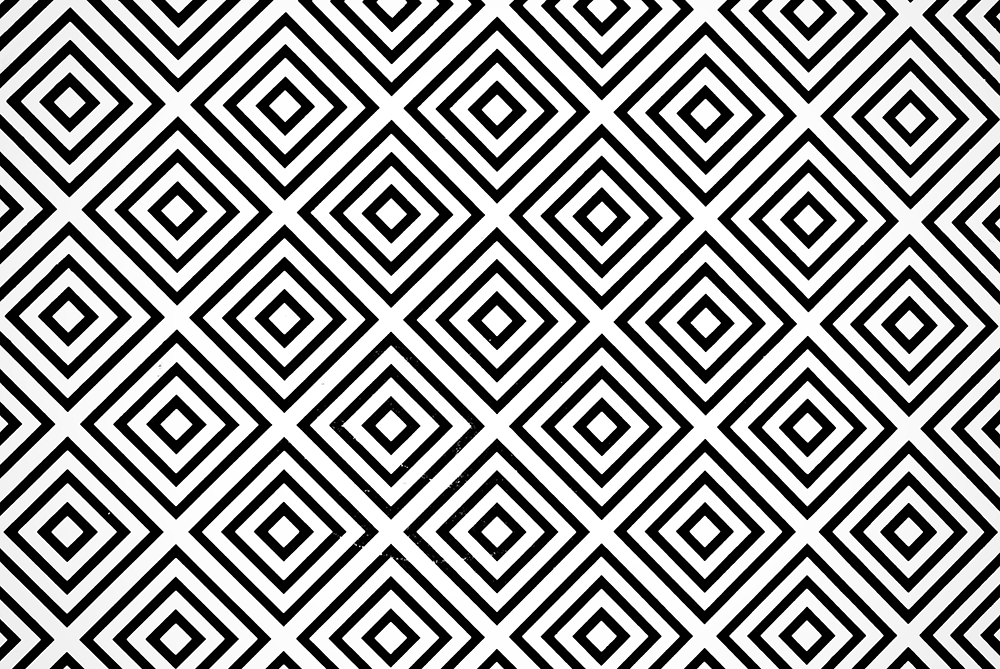
How Op Art Works
Optical illusions occur when our eyes and brain are tricked by what we see.
The brain tries to make sense of the conflicting information it is receiving from our eyes, and in the process, creates an illusion.
Op art relies on the use of contrasting colors and shapes to create the illusion of movement.
There are many different kinds of optical illusions, but op art typically uses two.
The first is called an ambiguous figure.
This is when you see one image, but your brain interprets it as two (or more) different images.
The second is called an illusion of movement.
This is when your brain perceives movement where there is none.
Both of these illusions are created by playing with the way our eyes and brain process visual information.
For example, a checkerboard pattern of black and white squares can appear to move back and forth, or up and down, as your eyes scan across it.
Similarly, a series of concentric circles can appear to pulsate outward as you look at them.
The effects created by op artists can be subtle or dramatic, depending on the artist's intention, and examples can be found in the museum of modern art.
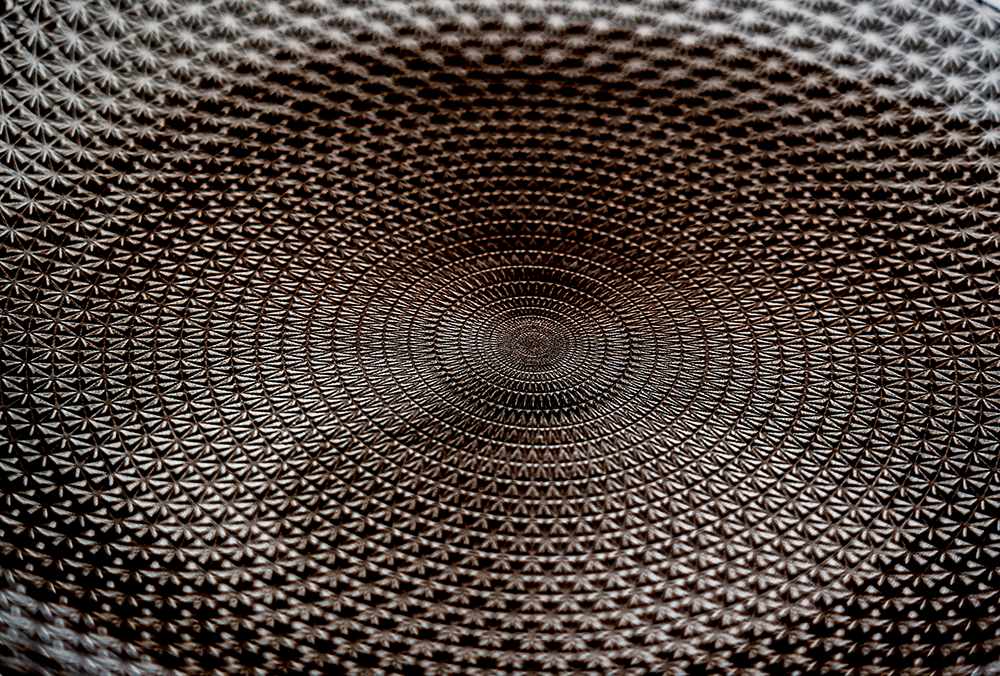

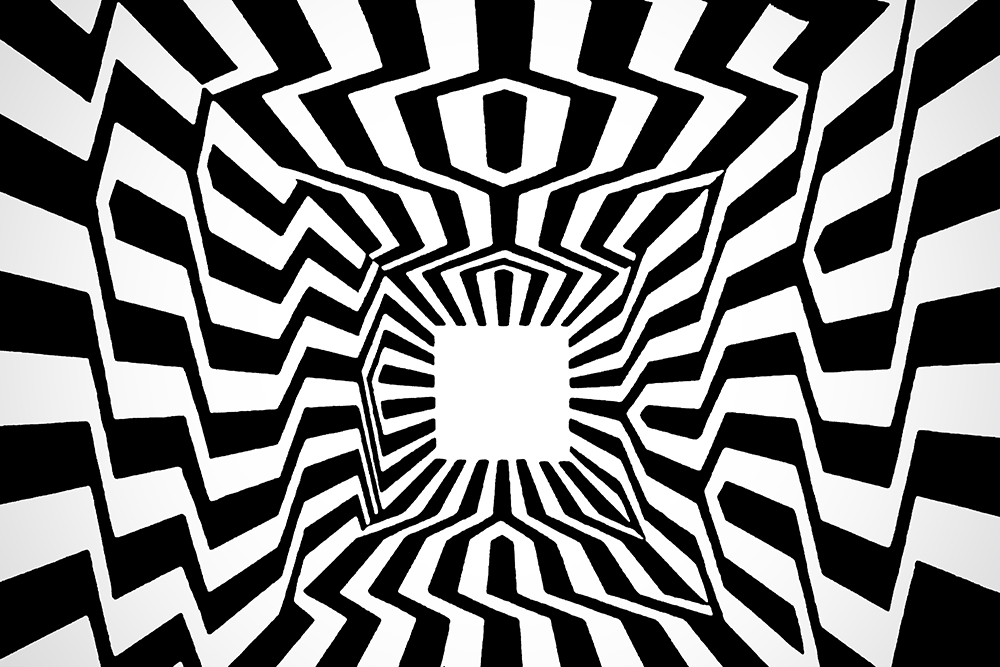
The History of Op Art
The earliest examples of op art date back to the early 1900s, but the op art movement didn't gain widespread popularity until the 1950s and 1960s.
During this time, many artists were exploring the relationship between art and science, and experimenting with new ways of creating visual effects.
The op art style emerged as a reaction to the Abstract Expressionist movement, which focused on emotions and the subconscious mind.
In contrast, op art was based on the idea that art could be created using solely objective, scientific principles, and this resulted in specifically non-objective art.
Modern art embraced these principles, and as a result, this abstract art form became one of the most popular styles of the 1960s.
Many op art artists began experimenting with ways to create optical illusions in their optical paintings and sculptures.
Some of the most famous op artists include Victor Vasarely, Bridget Riley, and Julian Stanczak.
The Responsive Eye, featuring works of Riley, Vasarely, Stanczak, and other leading op artists of the time, was in 1965 and is widely considered to be the first major exhibition of op art.
While Victor Vasarely and Pontus Hulten are widely credited with coining the term "kinetic art," the expression actually has a long history, and it was first used in relation to art in the early 20th century.
At that time, artists were exploring ways to create the illusion of movement in their visual art, often using simple devices like spinning disks or markers for coloring books.
However, it was not until Vasarely and Hulten's "Yellow Manifesto" that kinetic art came to be seen as a distinct genre, which promoted the use of optical and luminous phenomenon to create dynamic paintings that seemed to come alive.
Today, "kinetic art" is used to describe any type of art that relies on movement to create an effect.
While the techniques may have changed over time, the desire to create art that is in constant motion remains the same.
How to Create Your Own Op Art
Creating your own op art is a great way to experiment with illusions and visual effects.
You don't need to be a trained artist to create your own op art.
All you need is some paper, a pencil, and a few basic supplies.
You can also use a computer with drawing software.
Start by sketching out a few simple geometric shapes, such as circles, squares, and triangles.
Next, experiment with different ways of arranging these shapes.
Remember, the goal is to create an illusion of movement.
You can do this by playing with different sizes, shapes, and colors.
For example, you could create a series of concentric circles that get progressively smaller.
Or you could make a checkerboard pattern of black and white squares.
Once you have a few ideas, it's time to start creating your own op art masterpieces!
You can also try making your own version of Bridget Riley's "Stripe Paintings."
To do this, start by drawing parallel horizontal lines spaced evenly apart across your paper.
Then, fill in every other space between the lines with stripes of color.
The key is to use contrasting colors so that the stripes appear to vibrate when you look at them.
Now that you know how op art works, its history, and how to create your own, go out and experiment!
Who knows, you may be the next Bridget Riley or Victor Vasarely.
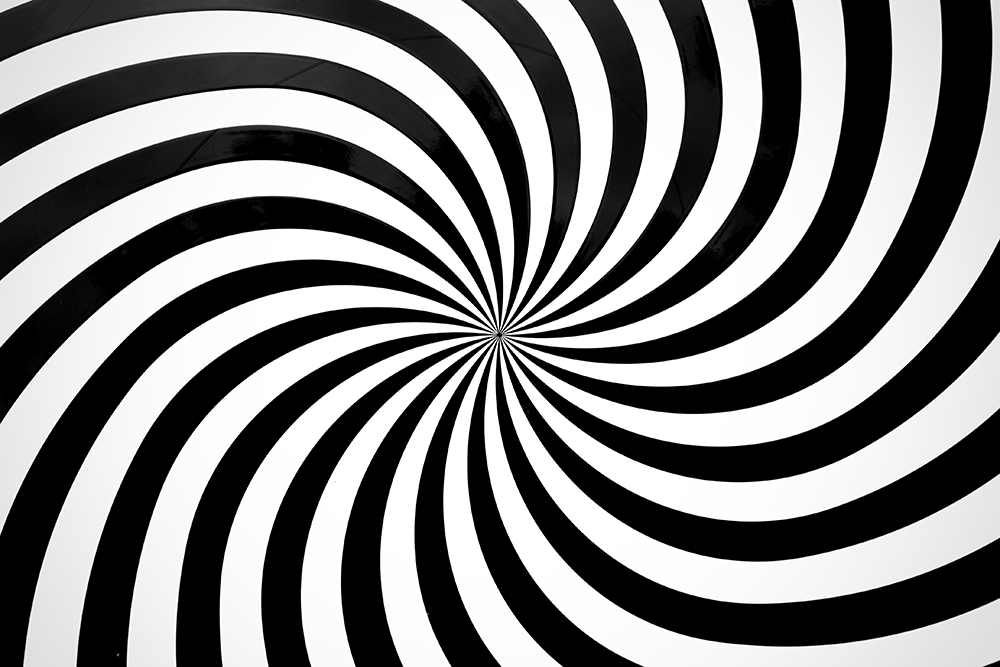
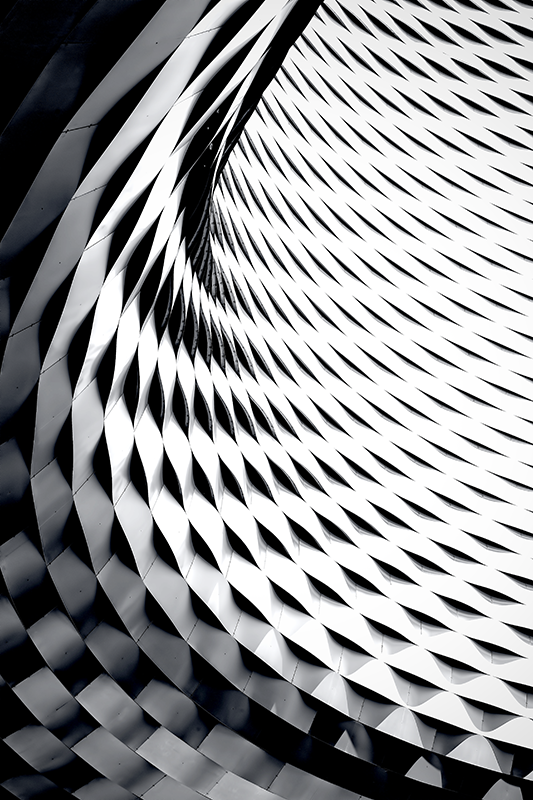
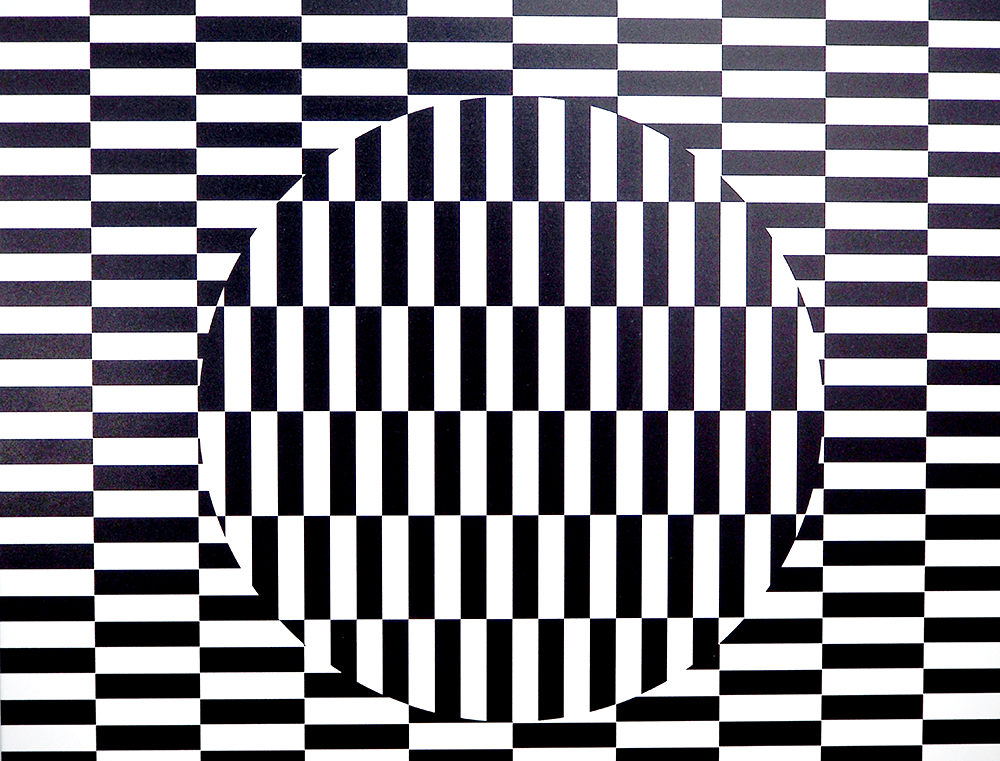
Creating Op Art
Op art is a genre of art that uses optical illusions to create interesting visual effects and the impression of movement, tricking the eye into seeing things that are not actually there.
The op art form is a fun and easy way to experiment with illusions.
It has a rich history, with artists like Bridget Riley and Victor Vasarely creating iconic pieces that are still popular today.
You can create your own op art by experimenting with different shapes, sizes, and colors to create an illusion of movement.
So, have fun and let your imagination run wild!
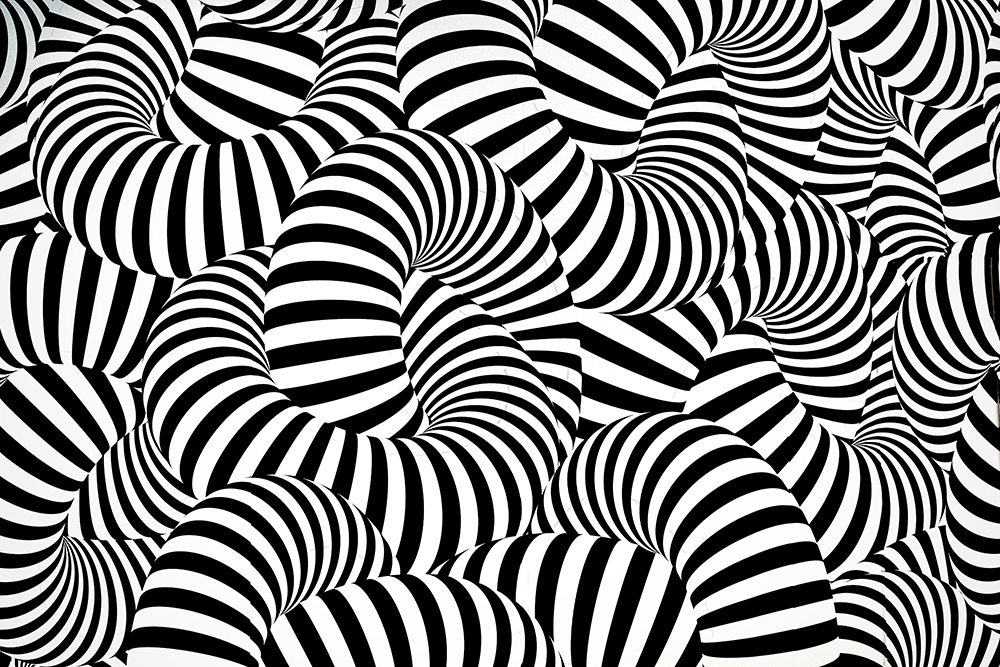
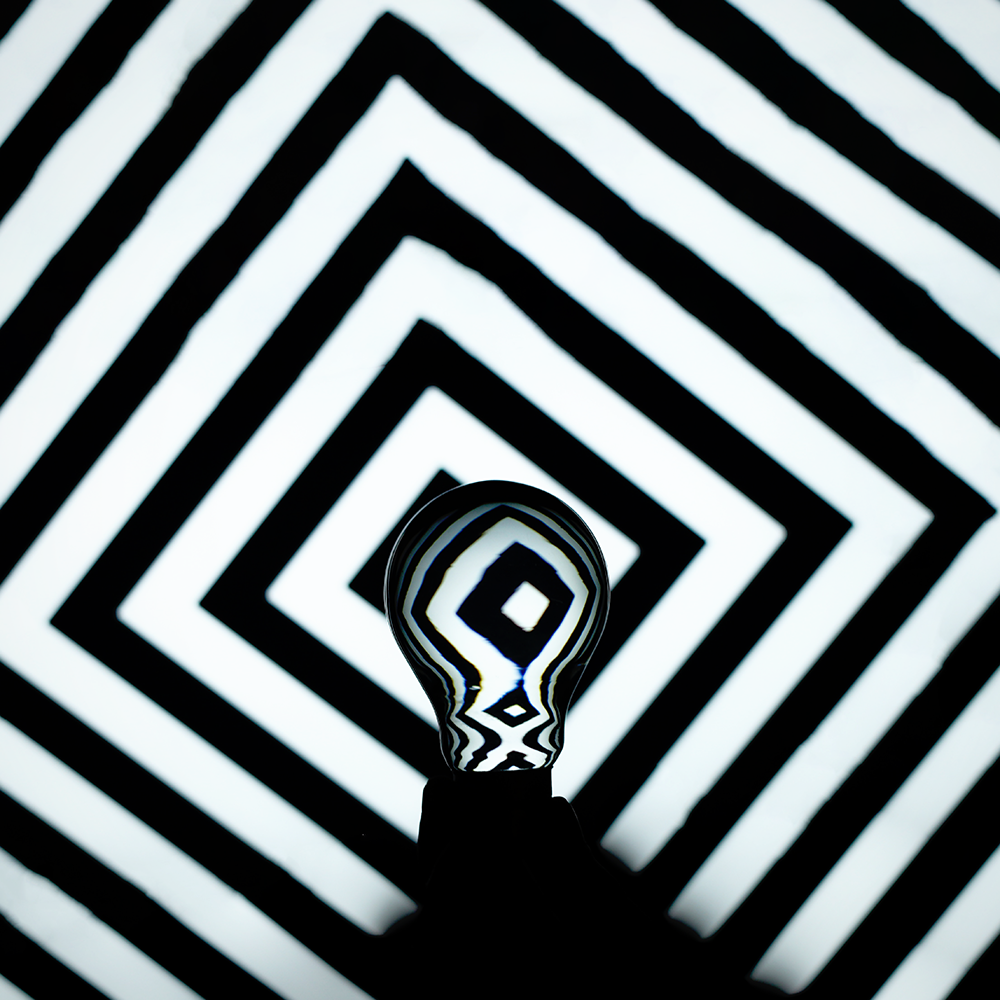
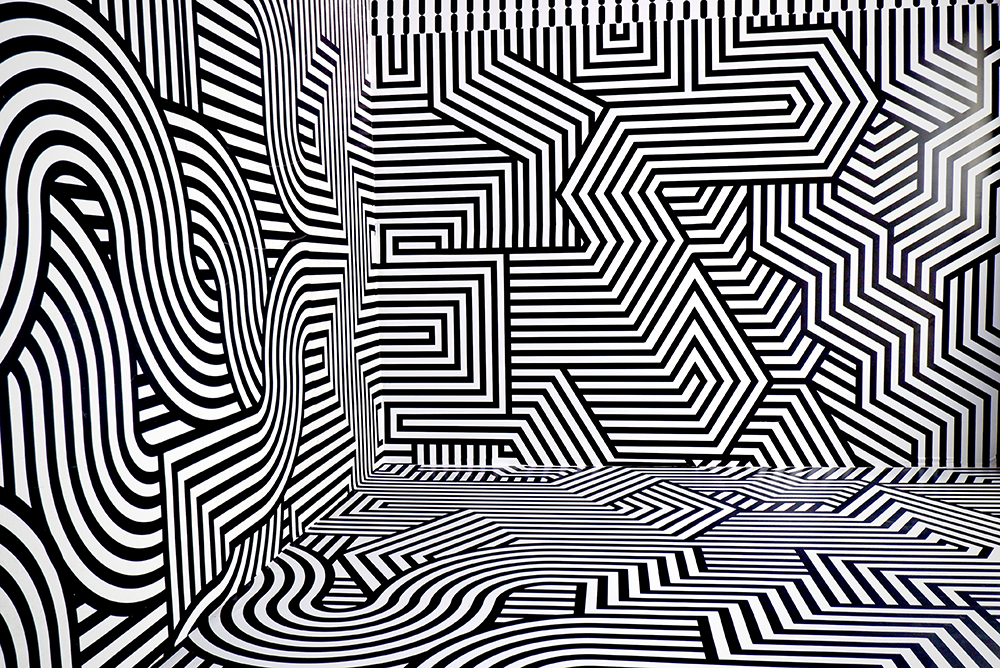
Interested in learning more about optical art projects? Check out Elise Schmidt's video!
Want to learn more about art?
Check out some of our art guides:

